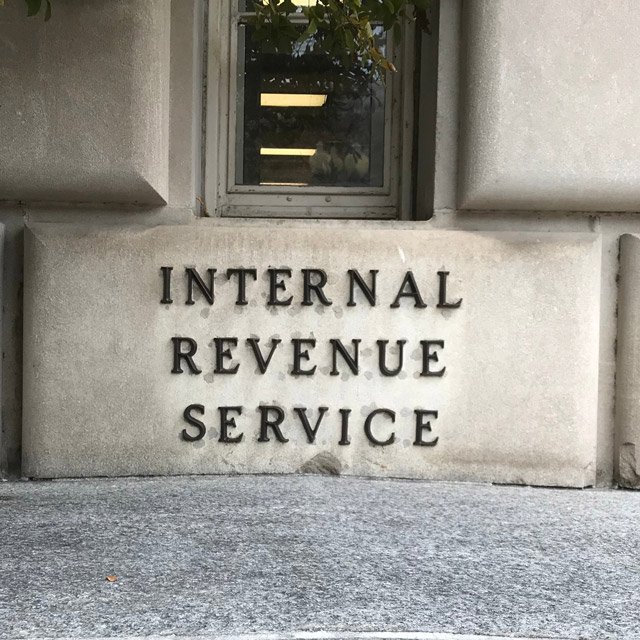Here's How the IRS Can Monitor Clients' Offshore Life, Annuity Arrangements

Companies and associations also form small captives, or micro-captives, to protect themselves against property and casualty risk, especially in situations in which commercial coverage would be very expensive or difficult to find.
Business micro-captive users can deduct the premiums from their taxable income, and micro-captives with a low level of premium revenue need not pay income taxes on their premium revenue.
Because of the possibility that some micro-captive premium payments may be subject to no U.S. federal income taxes, the IRS is concerned that some micro-captives may be part of abusive tax-avoidance strategies.
The IRS now requires micro-captives to report on their activities using Form 8886, Reportable Transaction Disclosure Statement, and it has organized several waves of enforcement actions.
The Life and Annuity Connection
The IRS has strongly discouraged the use of micro-captives to provide ordinary life insurance, although it has allowed some business-related mortality benefits in business interruption arrangements. The mortality provisions could apply if a disaster led to the death of key people needed to run a captive-owning business.
In the past, some micro-captive owners invested the captives’ assets in permanent life insurance policy.
In recent years, the IRS has suggested that putting micro-captive assets in life insurance might be abusive, and captive advisors have recommended that the owners not put the assets in life insurance.
It’s possible, however, that some U.S. micro-captives could be life and annuity micro-captives formed years ago, before the current micro-captive rules evolved.
Analysts working for a Finseca predecessor organization noted, in a copyrighted report posted in July 2015, that (in some cases) a business owner with a genuine need for captive insurance could have a trust own a property and casualty captive, and use the P&C captive-owning trust to transfer wealth to younger generations of the business owner’s family.
(Photo: Allison Bell/ALM)




